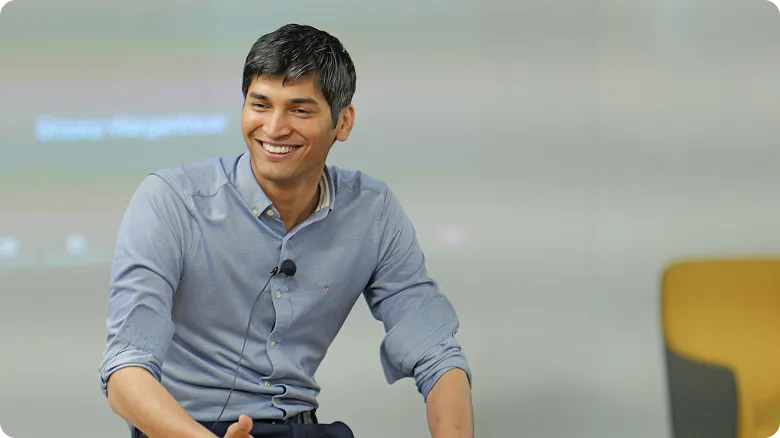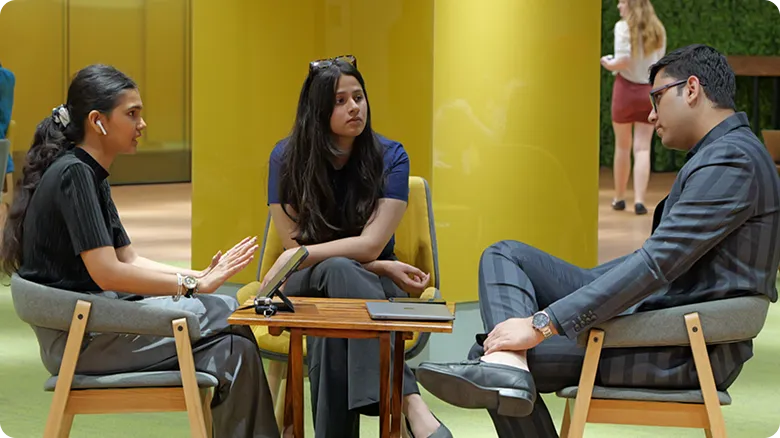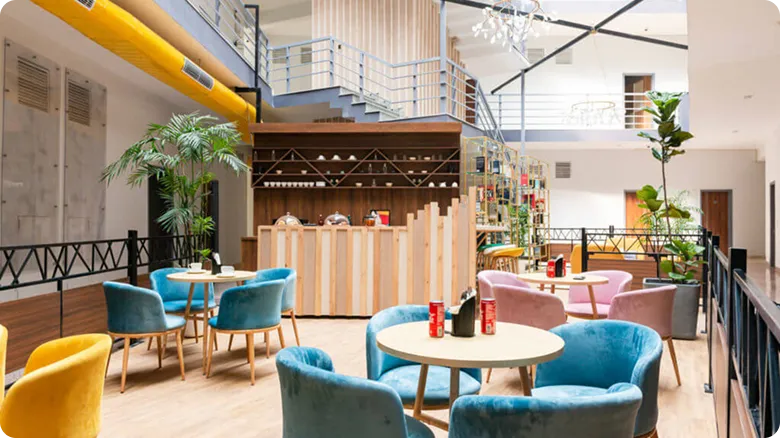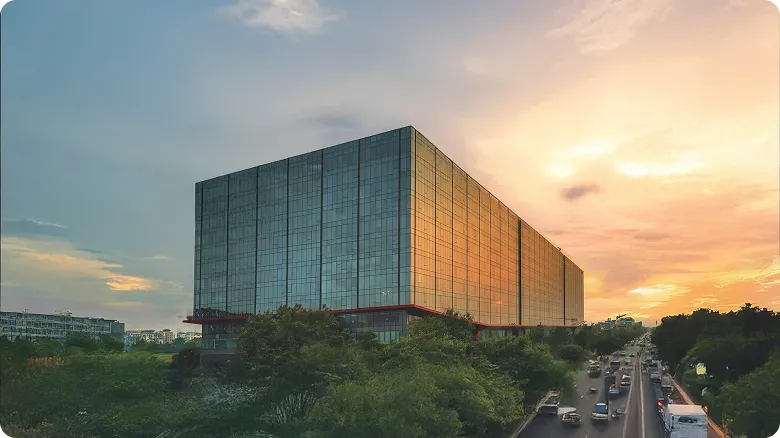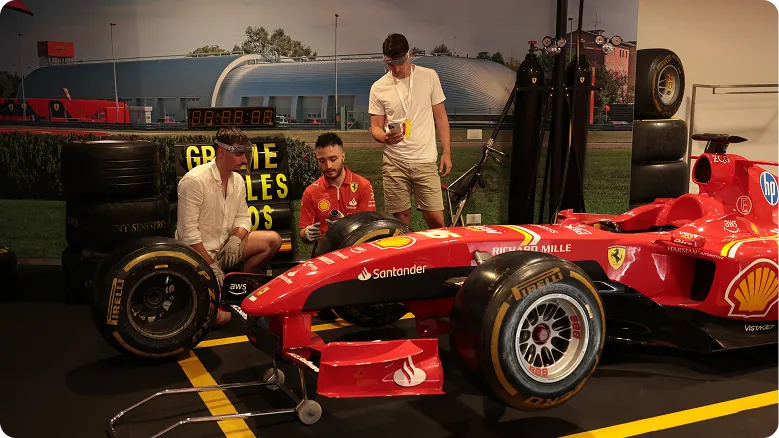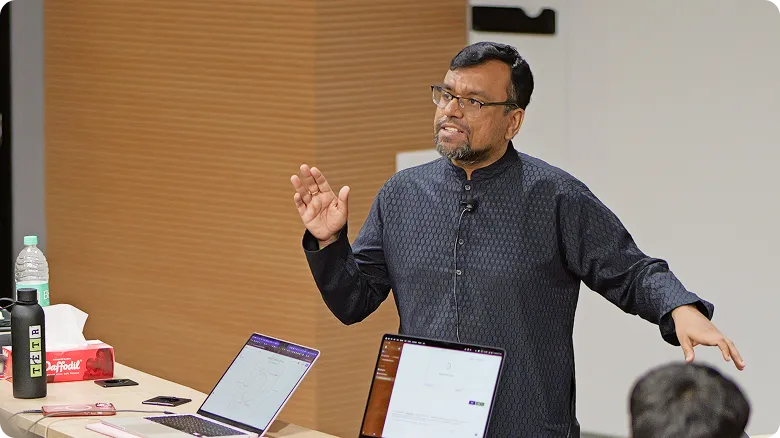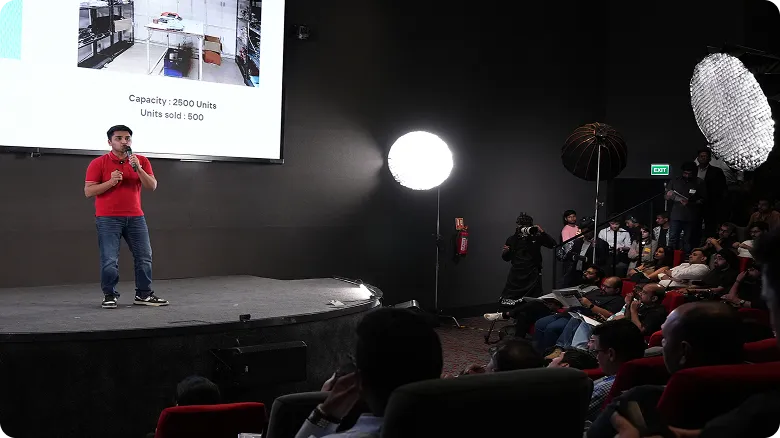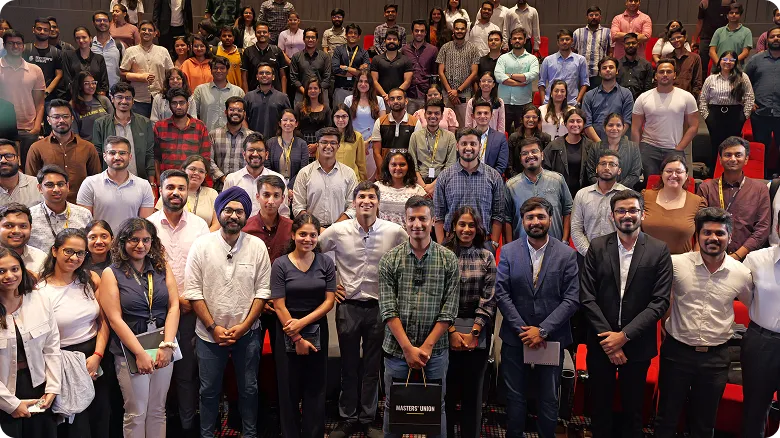Apply to the Shark Tank S5 Campus Special (Open to All Students)
Apply NowUndergraduate
Undergraduate (Global)
Postgraduate
Executive
Family Business
Careers
Innovations
Faculty
MU Ventures
Student Life
Jobs
Become a Master
events
For Companies
Blog
Business
Design for a changing world: How Analogy is redefining products in India
January 17, 2025
.PNG)
What makes a product truly stand out? The founder of the industrial design studio Analogy, says that it’s all about sleek design, intuitive functionality, and the story it tells through its form.
In an industry where aesthetics often take center stage, great design lies at the intersection of creativity, practicality, and user-centric thinking — and Analogy is at the forefront of this innovation.
Want to watch the video instead?
As part of #offcampus, Masters’ Union students visited Analpgy’s headquarters in Bangalore to meet its founder Vyasateja Rao.
Watch this video to explore Analogy’s success story and learn how Vyasa balances artistic vision with entrepreneurial strategy to create impactful products that look good and work beautifully.
Industrial design: Where form meets function
According to Vyasa, industrial design goes far beyond appearance. It’s about creating meaningful, functional products that resonate with consumers. As Indian customers become more discerning, the demand for well-designed, user-centric products is on the rise. Successful design seamlessly integrates aesthetics with purpose, ensuring that practical products are built.
From engineering to design: A journey of discovery
Vyasa’s path from mechanical engineering to industrial design reveals the power of interdisciplinary thinking. His time at General Motors broadened his view of product creation, enhancing his ability to blend technical expertise with design innovation.
However, starting a design studio wasn’t without its challenges.
Vyasa highlights the importance of credibility and the need for entrepreneurs to build a solid portfolio and network to gain clients’ trust. His experience reminds aspiring founders that timing and preparation are crucial for launching a successful business.
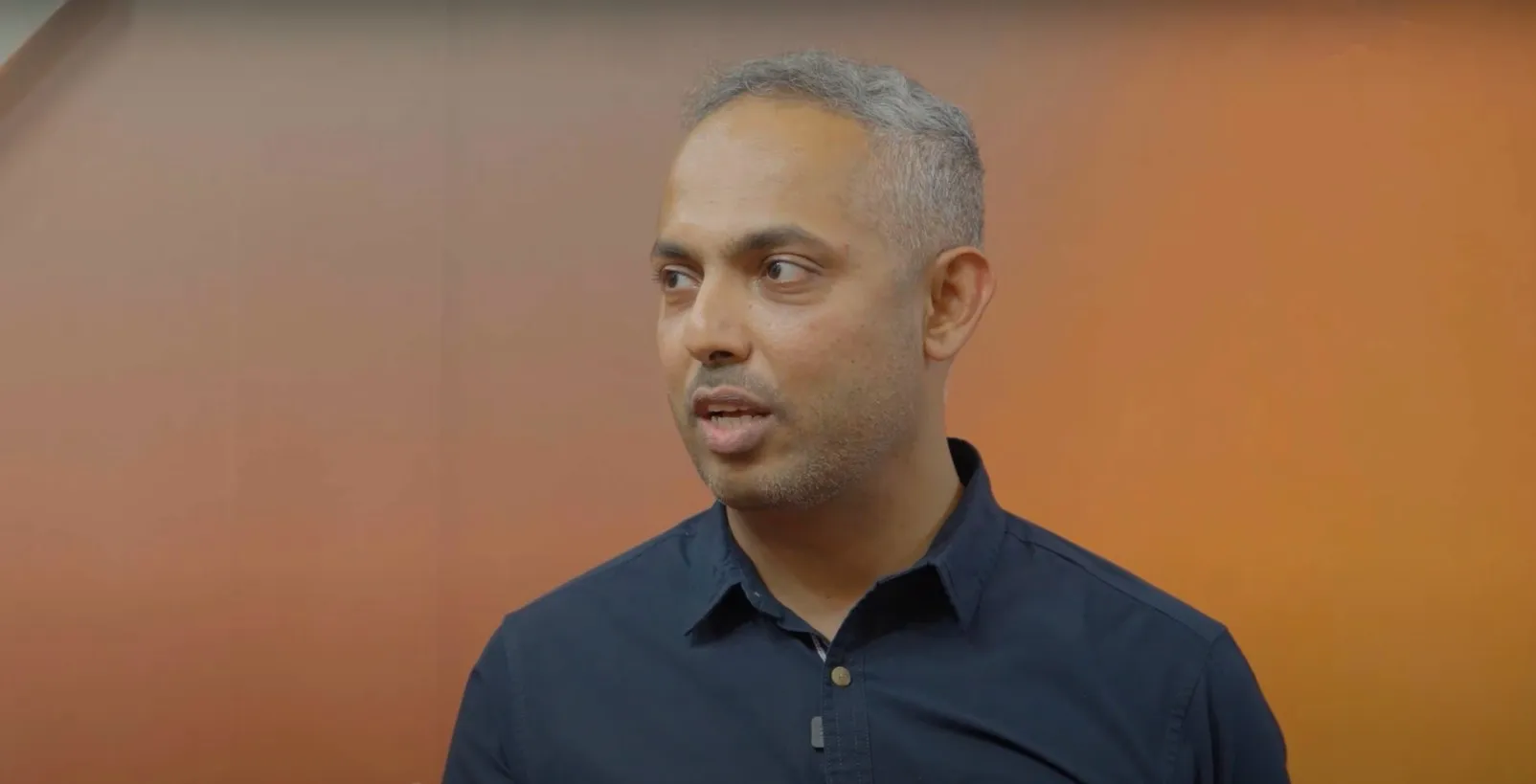
Designing for innovation
Analogy’s projects reflect a commitment to innovation. From a smart lamp that promotes mindfulness to a hookah designed for different age groups, each product is crafted to enhance user experience. These examples demonstrate how innovative design not only meets market needs but also transforms how people interact with everyday objects.
The balance of art and enterprise
Running a creative business requires financial discipline. Vyasa’s detailed breakdown of budget allocation highlights the importance of investing in talent and technology. By prioritising salaries and software, he ensures his studio remains competitive. Effective financial management is a cornerstone of sustainability for any design business.
Collaboration, communication, and continuous learning
Design thrives on collaboration. Clear communication with clients, iterative feedback, and rigorous testing are central to Analogy’s process. Additionally, Vyasa’s focus on hiring fresh talent and fostering adaptability keeps the studio ahead of design trends. In a fast-changing market, staying dynamic is key to long-term relevance.
Lessons learned and the journey ahead
Vasa’s journey with Analogy exemplifies the power of industrial design to blend creativity with commercial impact. His emphasis on innovation, effective project management, and financial sustainability offers a roadmap for balancing artistry and entrepreneurship. In a world where consumer expectations are rapidly evolving, design studios like Analogy play a pivotal role in crafting products that inspire, engage, and endure.

